(ENG/ESP) A Mangaka Diary #32 -"The NeverEnding Story" from a comic book perspective./ Diario de una Mangaka #32 – “La Historia Sin Fin” desde el punto de vista de comics.

Una película que ha cautivado a muchos desde su estreno en el año 1984, es sin duda “La Historia Sin Fin”.
Dirigida por Wolfgang Petersen, narra las aventuras que vive el guerrero Atreyu en su búsqueda por salvar a Fantasía de la destrucción y cómo es seguido a través del relato en un libro por el pequeño Sebastián, un niño con una imaginación muy vívida.
La película cuenta con una estupenda fotografía de paisajes realmente espectaculares lo cual envuelve al espectador y lo transporta a la mágica tierra de Fantasía para vivir las experiencias que atraviesa Atreyu en su travesía.
Los efectos especiales y los personajes de animatronic eran realmente impresionantes para la época en que fue realizado, cuando se trabajaba con croma azul y no había CGI.
La actuación es impecable, siendo la escena más recordada la de Atreyu atravesando los Pantanos de la Tristeza con su caballo Ártax. Es imposible permanecer indiferente ante esa escena, siendo así que hasta el mismo director se conmovió y lloró al terminar de filmarla.
De esta hermosa película de fantasía podemos aprender varias cosas que nos ayudarían a mejorar la narrativa en nuestros comics, sin embargo, voy a tomar sólo una escena para analizarla.
Cuando dibujamos comics, tenemos que lograr mantener la atención del lector utilizando diferentes elementos para transmitir a través de un medio estático, la acción que esté ocurriendo en ese momento. Eso obliga muchas veces a hacer cambios de ángulos para hacerlo dinámico sobre todo cuando se trabajan diálogos largos entre personajes convirtiéndolo a veces en un verdadero reto para lograr darle dinamismo.
En “La Historia Sin Fin”, nos encontramos ante este tipo de escena, cuando Atreyu se enfrenta con Gmork.
Esta escena de aproximadamente 5 minutos de duración no tiene mayor acción que la conversación entre ambos personajes. Lo importante en esta escena es el contenido del diálogo y lo que en ese momento representan los personajes: Atreyu como representación del bien y salvador de Fantasía y GMork como el mal y destructor de la esperanza de salvar al mundo.
Así que se apoyaron en las expresiones faciales. Hay que reconocer que Noah Hathaway en su rol de Atreyu, logró una excelente personificación y enriqueció la escena con una cantidad de expresiones faciales que demostraban todo lo que el pequeño guerrero vivía en ese momento: sorpresa, miedo, temor, duda, desespero, sospecha.
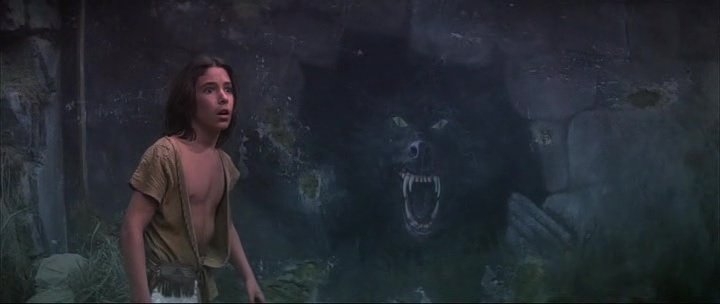
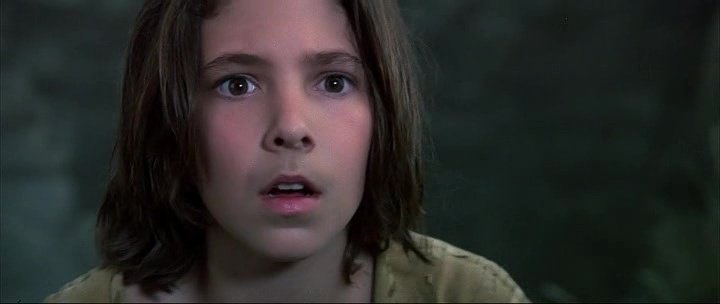

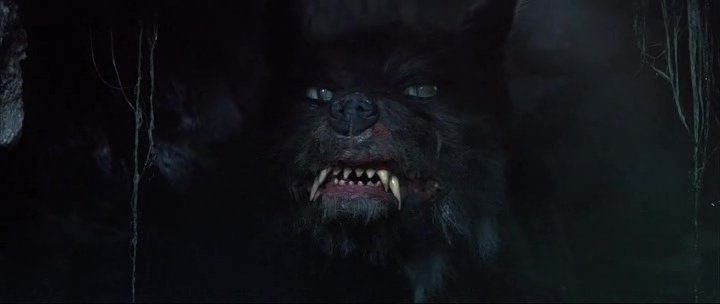
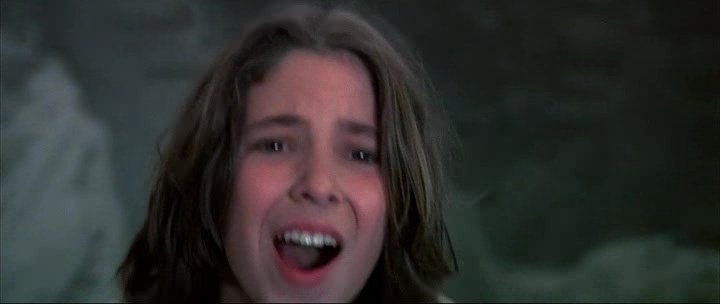
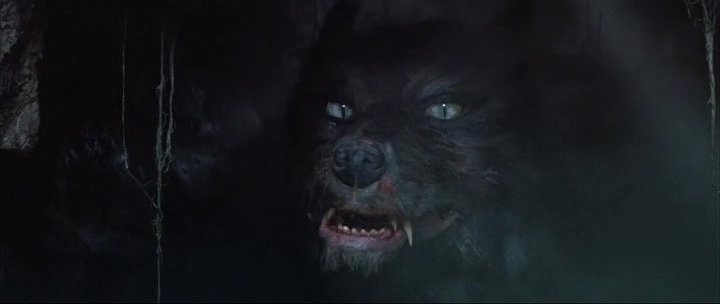

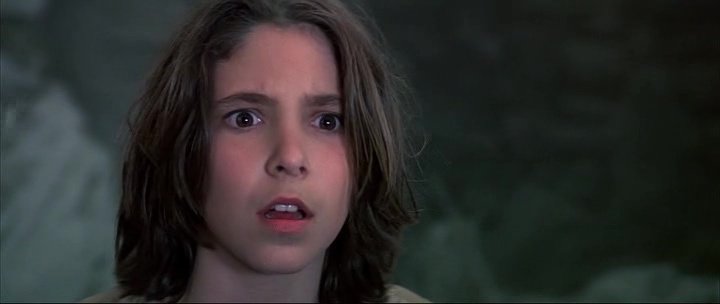

Esto, logra que el espectador sienta empatía con el personaje y así como también las mismas emociones logrando que una escena que podría ser aburrida o demasiado lenta, se convierta en una experiencia emocional.
Por esto, es importante que, al momento de crear nuestros personajes, no escatimemos esfuerzos en lograr crear las expresiones que mejor se ajusten a su personalidad y hacer uso de ellas de la mejor manera para darles vida.
Recomendaría que este recurso no fuese usado con demasiada frecuencia o abuso dentro de un mismo capítulo, ya que se perdería el efecto deseado y podría verse como una forma fácil de hacer las viñetas e incluso podría verse como una falta de esfuerzo al momento de realizar el comic.
Las imágenes son capturas de pantalla de la película – “La Historia Sin Fin” como referencias.
¡Hasta el siguiente artículo!
Mis blogs: Noise Steemit Hive Publish0x Medium
Mis redes sociales: Instagram Facebook Twitter YouTube TikTok
Mis tiendas: Redbubble
Comisiones Abiertas: Fiverr
Suscríbete, dale like y comparte si estás disfrutando la historia para que recibas notificación al haber actualización!

A movie that has captivated many since its release in 1984 is undoubtedly "The NeverEnding Story".
Directed by Wolfgang Petersen, it tells the adventures of the warrior Atreyu in his quest to save Fantasia from destruction, and how he is followed through the story in a book by the young Sebastian, a boy with a very vivid imagination.
The film features stunning landscapes that envelop the viewer and transport them to the magical land of Fantasia to experience Atreyu's journey. The special effects and animatronic characters were truly impressive for the time when blue screen and CGI were not yet widely used.
The acting is impeccable, with the most remembered scene being Atreyu crossing the Swamps of Sadness with his horse Artax. It's impossible to remain indifferent to that scene, as even the director himself was moved to tears after filming it.
From this beautiful fantasy film, we can learn several things that would help improve the narrative in our comics. However, I will focus on analyzing just one scene. When we draw comics, we have to maintain the reader's attention by using different elements to convey the action in a static medium, especially when working with long dialogues between characters, which can be a real challenge to make dynamic.
In "The NeverEnding Story", we encounter such a scene when Atreyu faces Gmork. This approximately 5-minute scene has little action other than the conversation between both characters. The importance lies in the dialogue and what the characters represent at that moment: Atreyu as the embodiment of good and savior of Fantasia, and Gmork as the representation of evil and destroyer of hope for saving the world.
They relied on facial expressions. Noah Hathaway in his role as Atreyu achieved an excellent personification and enriched the scene with a variety of facial expressions that conveyed everything the young warrior was experiencing at that moment: surprise, fear, doubt, desperation, suspicion.









This enables the viewer to feel empathy with the character and experience the same emotions, turning a potentially boring or slow scene into an emotional experience. Therefore, when creating our characters, it's important not to skimp on efforts to create expressions that best fit their personality and to use them effectively to bring them to life.
I would recommend not using this resource too frequently or excessively within the same chapter, as it could diminish the desired effect and might be seen as an easy way to create panels, or even as a lack of effort in creating the comic.
The images are screenshots from the movie "The NeverEnding Story" for reference.
Until the next article!
*Disclaimer: *English is not my native language. Even when I have a conversational level, I can make a lot of mistakes in the structure of the sentences. Feel free to kindly correct me. It will help me in my learning process. Thanks for your understanding. **
My blogs: Noise Steemit Hive Publish0x Medium
My Social Networks Instagram Facebook Twitter YouTube TikTok
My shops: Redbubble
Commissions Open: Fiverr